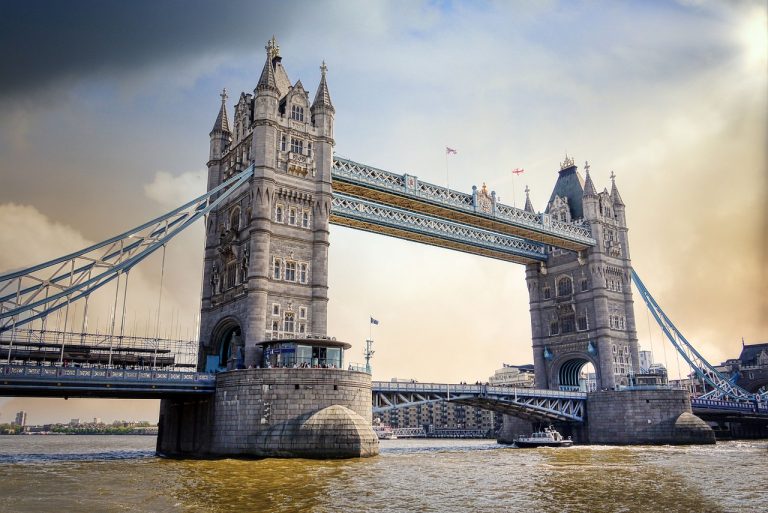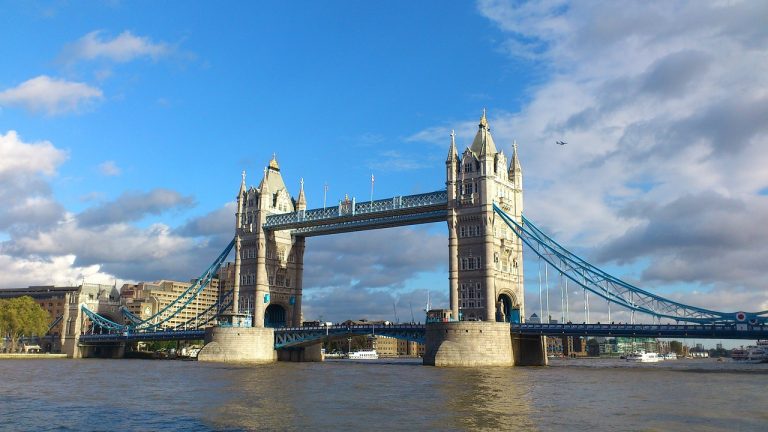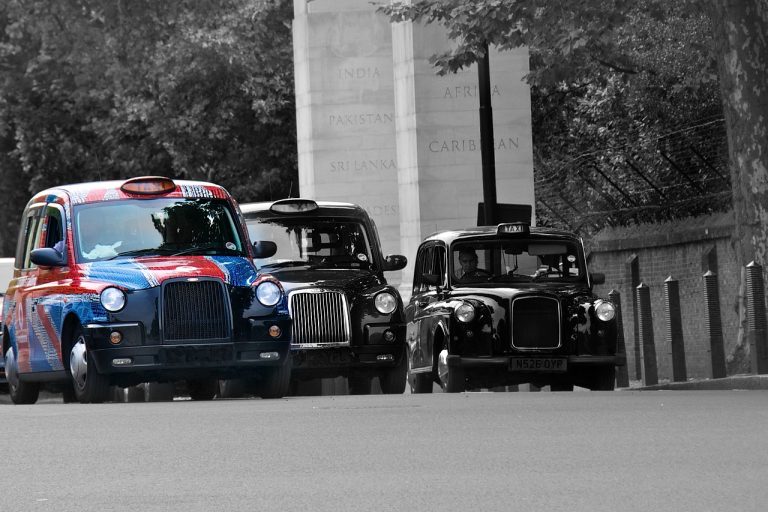London United Kingdom Video
The Cultural Evolution of London United Kingdom
London, the capital city of the United Kingdom, is a vibrant and diverse metropolis with a rich cultural heritage. Over the centuries, London has undergone significant cultural evolution, shaping its identity as one of the world’s most influential cities. From its ancient origins to its modern-day prominence, London has been a melting pot of different cultures, traditions, and artistic expressions. This article explores the cultural evolution of London through ten distinct sections, each highlighting a unique aspect of the city’s cultural heritage.
The Roman Influence
- Architecture: The Roman invasion of Britain in AD 43 brought with it a new architectural style, evident in structures like the ancient Roman walls and the remains of the Roman amphitheater.
- Language: Latin, the language of the Romans, had a significant impact on the development of English, with many Latin words and phrases still in use today.
- Religion: The Romans introduced Christianity to London, leaving behind traces of their religious practices in the form of early Christian churches and artifacts.
Keywords: Roman invasion, architecture, Latin, Christianity
The Medieval Era
- Castles and Palaces: Medieval London was characterized by imposing castles and palaces, such as the Tower of London and Westminster Palace.
- Guilds and Trade: Guilds played a vital role in shaping London’s economy and cultural landscape, fostering the growth of various trades and crafts.
- Chaucer and Literature: Geoffrey Chaucer, known as the Father of English Literature, wrote his famous works, including “The Canterbury Tales,” during this period.
Keywords: Castles, guilds, trade, Chaucer

The Tudor Dynasty
- Henry VIII: The reign of Henry VIII brought significant changes to London, including the dissolution of monasteries and the establishment of the Royal Navy.
- Shakespearean Theater: The Elizabethan era saw the flourishing of English theater, with William Shakespeare’s plays being performed in the famous Globe Theatre.
- Exploration and Expansion: London became a hub for explorers and merchants, fueling the city’s growth as a global trading center.
Keywords: Henry VIII, Shakespeare, exploration, trading center
The Age of Enlightenment
- Scientific Advancements: London became a hub for scientific progress, with notable figures like Sir Isaac Newton and Robert Hooke contributing to advancements in physics and biology.
- Enlightenment Philosophy: Intellectual movements, such as the Enlightenment, influenced London’s society, promoting ideas of reason, liberty, and individual rights.
- Public Spaces: The creation of public parks, like Hyde Park, provided Londoners with recreational areas and spaces for social gatherings.
Keywords: Scientific advancements, Enlightenment, public spaces
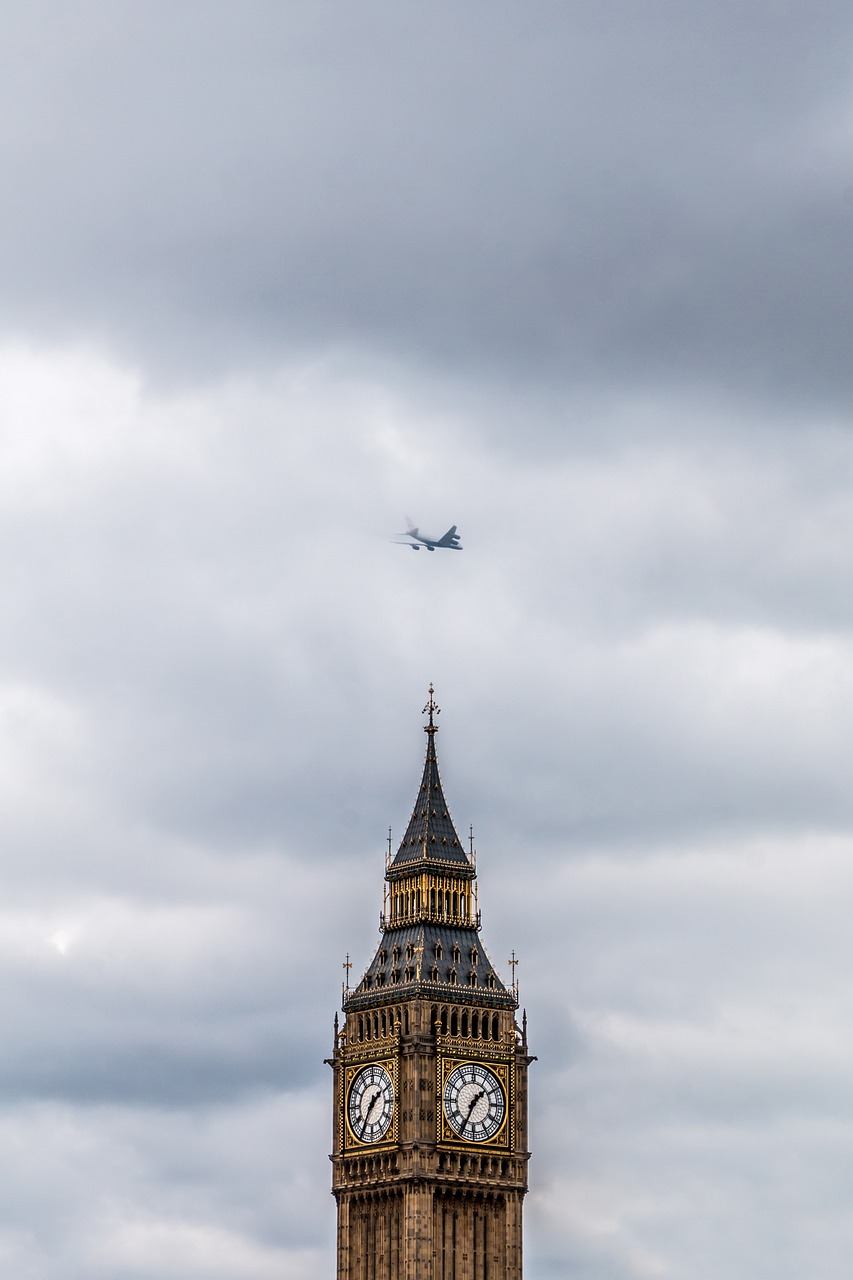
The Industrial Revolution
- Urbanization: The rapid industrialization of London led to a massive influx of people into the city, transforming it into a bustling urban center.
- Architectural Transformation: Victorian-era buildings, such as the iconic Houses of Parliament and St. Pancras Station, emerged during this period.
- Social Movements: The Industrial Revolution sparked social movements, including the rise of trade unions and the fight for workers’ rights.
Keywords: Urbanization, Victorian architecture, social movements
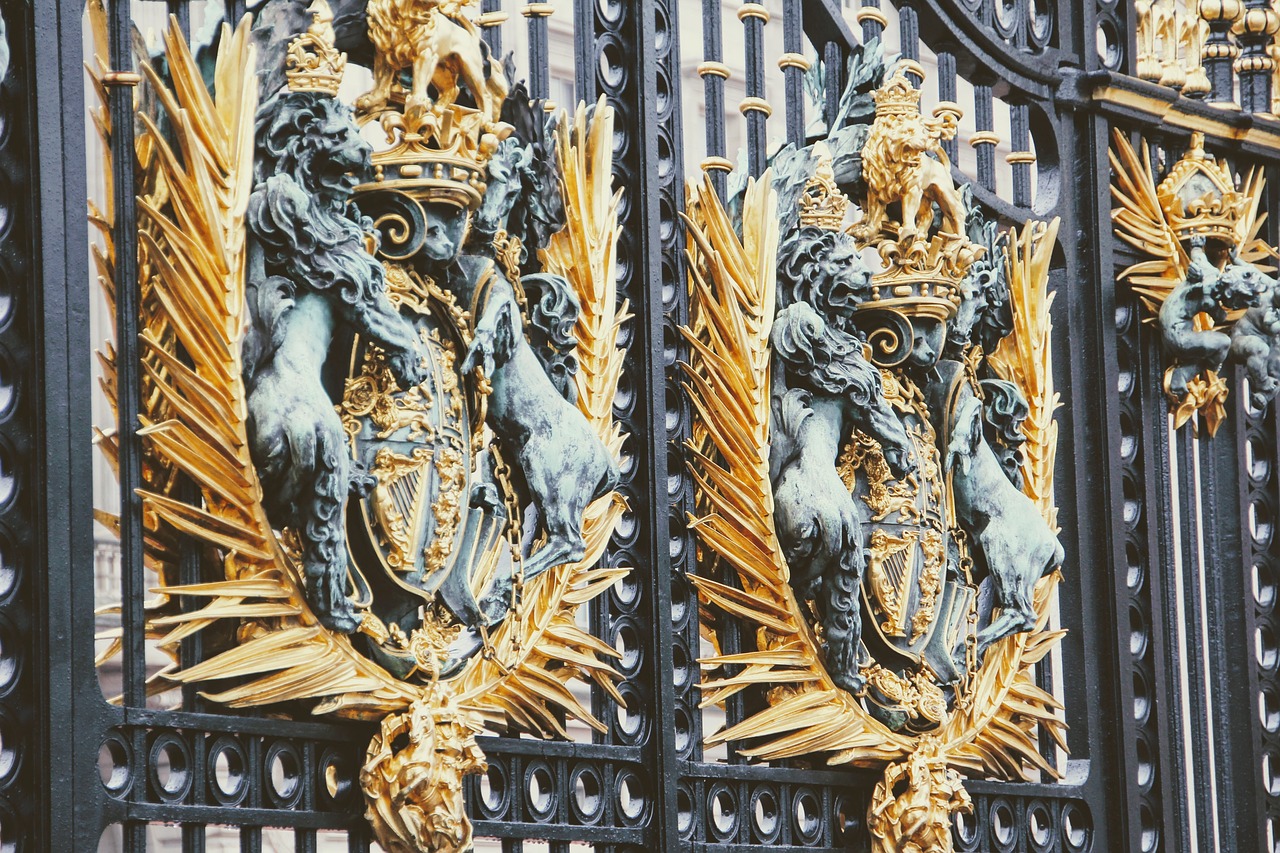
World Wars and Post-War Reconstruction
- Bombing and Destruction: London endured heavy bombing during World War II, resulting in significant damage to many historic buildings.
- Post-War Rebuilding: The post-war period saw extensive reconstruction efforts, including the development of new architectural styles like Brutalism.
- Immigration and Multiculturalism: London became a diverse melting pot, attracting immigrants from former British colonies and contributing to its multicultural identity.
Keywords: Bombing, post-war reconstruction, multiculturalism
The Swinging Sixties
- Music and Fashion: The 1960s marked a cultural revolution, with London at the epicenter of the British music and fashion scenes, including the rise of bands like The Beatles and The Rolling Stones.
- Counterculture Movements: The youth-driven counterculture movements of the 1960s, such as the hippie movement, challenged societal norms and influenced London’s cultural landscape.
- Carnaby Street: The vibrant Carnaby Street in Soho became synonymous with the fashion and cultural trends of the Swinging Sixties.
Keywords: Music, fashion, counterculture, Carnaby Street
The Modern Cultural Hub
- Art and Museums: London is home to world-renowned art galleries and museums, including the Tate Modern and the British Museum.
- Theater and Performing Arts: The West End theater district hosts a variety of world-class productions, making London a global hub for theater and performing arts.
- Festivals and Events: London’s calendar is filled with diverse festivals and events, such as the Notting Hill Carnival and the Wimbledon tennis tournament.
Keywords: Art, theater, festivals, events
Conclusion
London’s cultural evolution is a testament to its dynamic history and global significance. From its Roman origins to its position as a modern cultural hub, the city has continuously evolved, embracing new influences and shaping its identity. The rich tapestry of London’s cultural heritage is evident in its architecture, literature, music, and diverse communities. As a global city, London continues to inspire and captivate people from all walks of life.
References
- Petit Palace. (n.d.). Retrieved from petitpalace.co.uk
- The British Museum. (n.d.). Retrieved from britishmuseum.org
- Tate Modern. (n.d.). Retrieved from tate.org.uk



